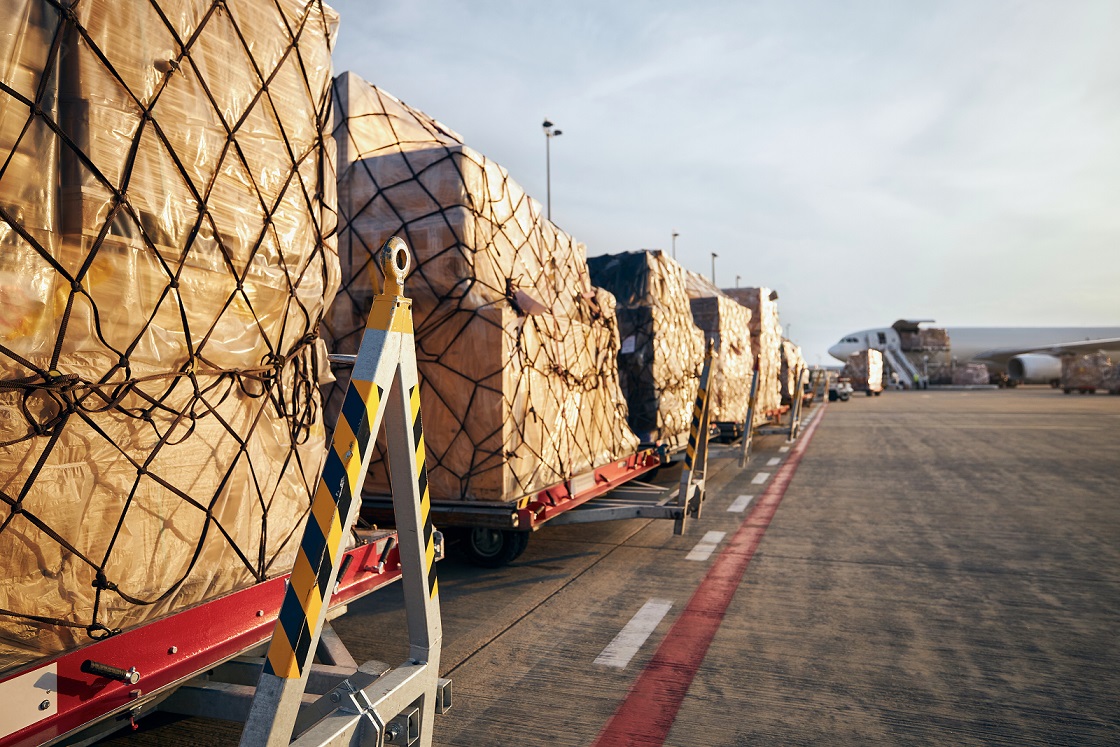Worsening containership market keeps the pressure on air cargo
14 / 06 / 2024

Photo: Jaromir Chalabala/ Shutterstock
The recent deterioration in the ocean shipping market could be pushing more cargo to airfreight following the impact of the Red Sea crisis.
In its latest market update, data provider WorldACD said that over the last few weeks air cargo demand and rates from Asia Pacific origins “continue to soar well above last year’s levels”.
Its figures show that in the last two weeks, overall Asia Pacific tonnages are up 20% year on year and rates are 16% ahead of the year-ago level, although WorldACD pointed out that there are some big variations between origins.
This comes as ocean shipping – already under pressure due to the Red Sea crisis – has seen volumes and rates soar due to unseasonal capacity shortages and port congestion.
“Shippers face significant shortages of both air and ocean freight capacity due to strong demand and disrupted seafreight services,” the data provider said.
“Those disruptions to container shipping services, in part caused by the attacks on vessels in the Red Sea, have been exacerbated further in recent weeks due to port congestion and vessel capacity shortages in certain key markets, driving more cargo owners to air cargo solutions.”
The disruption in ocean shipping was also noted by Marc Zeck, senior research analyst at investment bank Stifel, in the monthly Baltic Exchange newsletter.
Zeck said that ocean freight rates for the China–Europe trade lane jumped by 324% year on year in May, while from China to the US west coast there was a 309% increase.
However, he said it remained to be seen whether this would result in more cargo heading to the skies.
“According to carriers and freight forwarders, an unexpected increase in ocean volumes due to the early arrival of peak season trading caused port congestions and container shortages in the Asian trading region.
“Consequently, shippers struggling to secure capacity drove freight rates. As of now, it is not yet clear if (or to what extent) the surge in demand is driven by shippers pulling forward orders to avoid potential bottlenecks later this year or by a genuine increase in end customer demand.
“While the former might not spill over into the airfreight market, a genuine increase in end customer demand might also lift air cargo volumes beyond the e-commerce segment, which remains the main driver of current air cargo volumes.”
This echoes the views of Xeneta chief airfreight officer Niall van de Wouw who recently told Air Cargo News that the rise in ocean demand was down to shippers moving peak season volumes early to avoid potential disruption and therefore would not impact air volumes just yet.
Elsewhere, WorldACD said that rates out Vietnam were rising rapidly. From the Southeast Asia country to Europe rates are double the level they were at this time last year, averaging $4.19 per kg over the last seven weeks.
Worsening box line disruption to have limited air cargo impact















